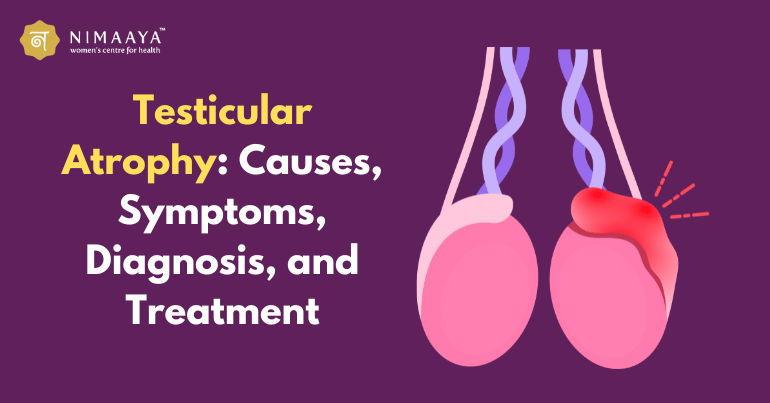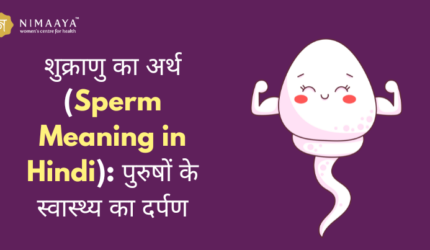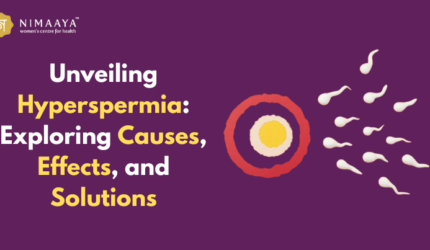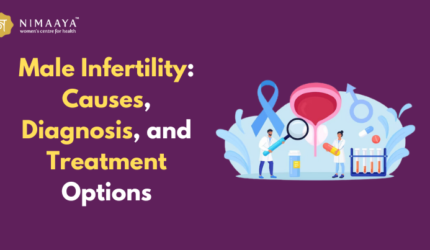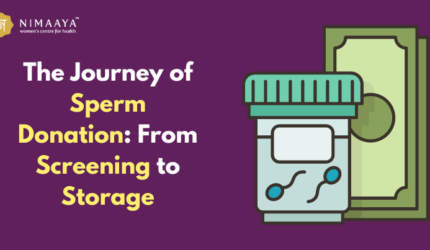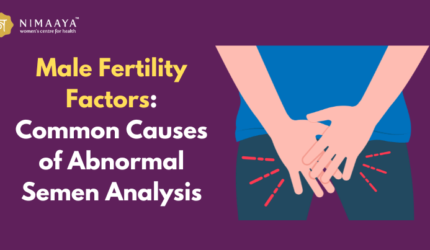Testicular atrophy denotes the pathological decline in the size of the testis or both testes, often associated with loss of function. It is a condition where there are many factors involved, which may result in less sperm and testosterone being produced. The significance of the awareness of the causes and symptoms, and the methods of diagnosis and management of testicular atrophy extends beyond reproductive medicine into general health, especially for male patients who are worried about their fertility or hormone levels.
Anatomy and Function of the Testicles
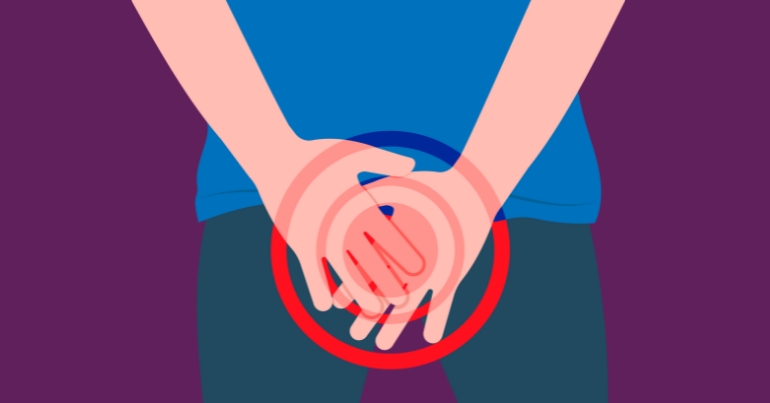
Before investigating the particulars of testicular atrophy, it would be prudent first to comprehend how the rice’s testicles (or testes) are structured and their functions. Testicles are two egg-shaped organs found in the scrotum that are external to the body. Their primary purposes are:
Sperm Formation:
Male testicles create sperm necessary for male reproduction. This process is known as spermatogenesis, which occurs in the seminiferous tubules of the testis.
Testosterone Synthesis:
The testicles also secrete testosterone, the principal male sexual hormone promoting the development of male secondary sex characteristics such as beard growth, voice timbre changes as well as physical development, especially muscles. It is also necessary to sustain one’s libido and ability to achieve erection.
In fit men, testicles hold a bearable size without a significant change even though some slight additions or subtractions may occur for instance due to temperature or excitation. In cases, however, of testicular atrophy, the testicles are so small that they create enormous issues.
Causes of Testicular Atrophy
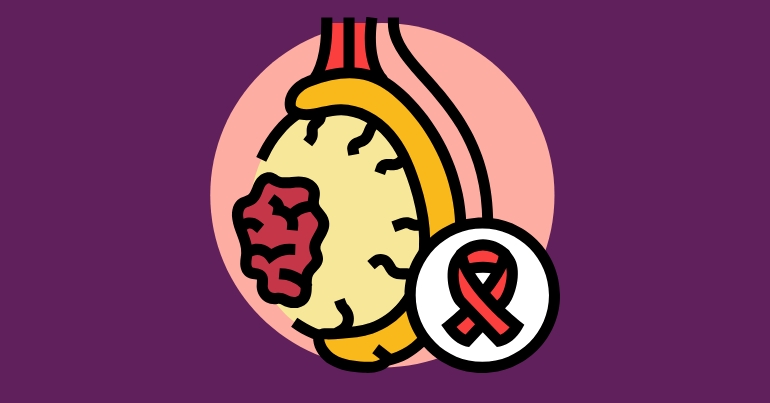
Testicular atrophy is the reduction in the size of the testicles due to various factors including injury, infection, hormonal imbalance, and certain diseases among other causes. The following are some of the major Testicular atrophy causes that can lead to such conditions:
Hormonal Imbalances
The hormone produced in the fellow being referred to mostly contains testosterone which is produced in the testis, and any blockage in the production of this male hormone may result in the shrinkage of the testis. The main reasons behind hormonal changes include;
Hypogonadism:
The symptoms of this condition include low levels of testosterone otherwise known as the male hormone which may be caused by either primary testicular failure also called primary hypogonadism or secondary hypogonadism where the cause is the brain that does not induce any responses from the testicles to produce testosterone.
Substance Abuse:
Especially anabolic steroids whose use is becoming famous with the aspect of bodybuilding and performance enhancement, can reduce the levels of testosterone production in the body. In this case, the use of testosterone from creams or injections signals the brain that there is enough testosterone in circulation, and thus no more production stimulants are needed leading to a stopping of the testicular activity hence reducing their size.
Excess Estrogens:
The production of too much estrogen (the main female hormone) can also block testosterone and cause atrophy of the testes. This can be due to certain drugs, being overweight, or disorders where the amount of estrogen in the body becomes elevated like in the case of liver disease.
Infection and Inflammation
Mumps:
A viral illness affecting the salivary glands may also cause orchitis, which is the swelling of the male reproductive organ (testes). Mumps orchitis generally occurs in males after puberty and may cause changes in the size of the testes due to the degenerative effects of the inflammation on the testis tissues.
Diverse Sexually Transmitted Diseases (STDs):
Gonorrhea and chlamydia are among several STDs that may cause inflammation of the epididymis which is responsible for the maturation of sperm. If not treated, the epididymitis may extend to the testes causing inflammation of the testes (orchitis) which may also be complicated with atrophy of the testes.
Varicocele
Excessive dilation of the veins inside the scrotum is known as varicocele, similar to the enlargement of veins causing discomfort in the legs also referred to as varicose veins. Varicoceles interfere with the blood supply and heating of the scrotum which in turn affects testicular activity. In advanced situations, almost complete varicocele might cause shrinkage of the testicles and insignificant sperm production.
Testicular Torsion
The condition testicular torsion is defined as an abnormal twisting of the spermatic cord which carries the arterial supply to the testis. This interruption of blood supply to the testis is a surgical emergency that, if not addressed promptly, can lead to loss of the affected organ. If the circulation remains occluded for long, it results in the death of the affected testis due to necrosis.
Aging
Biologically, the levels of testosterone in the body of a man decrease as he advances in age. This may however cause gradual shrinkage of the testicles with time, and not everybody experiences the same degree of atrophy. In some instances, there is age-associated testicular atrophy in addition to other conditions such as benign prostatic hyperplasia (BPH) or erectile dysfunction.
Chemotherapy and Radiation Therapy
Anti-cancer treatment procedures like chemotherapy and radiotherapy pose risks to the testis, especially in patients suffering from testicular or prostate cancer. Such methods often have adverse effects on testicular tissues making them incapable of producing sperm and testosterone hormone which may cause testicular atrophy.
Chronic Conditions
Several chronic medical ailments, such as liver and kidney diseases, as well as HIV/AIDS, may also lead to testicular atrophy via hormonal disruption or damage to the reproductive system.
Cryptorchidism (Undescended Testicles)
Cryptorchidism describes the condition when the testis is not descended into the external sack of the scrotum either unilaterally or bilaterally during the stage of development. Untreated, this condition can cause atrophy of the testes because the testis (es) are situated internally where the absorbing heat is greater inhibiting the process of spermatogenesis as well as testosterone synthesis.
Testicular Atrophy Symptoms
The most prominent sign of testicular atrophy, unfortunately, is a loss in size of one or both testicles which most people can hardly fail to notice. However, the condition may also cause some symptoms alongside this; that depends on the condition in question. These symptoms may include:
Lack of sexual Desire:
Lack of libido can be seen with this condition due to the reduction of testosterone levels within the body.
Impotence:
This refers to the inability to achieve or maintain an erection in a man especially those with low levels of testosterone.
Sterility:
Testicular atrophy can interfere with sperm production thus leading to lowered fertility or total barrenness.
Ache or soreness:
In some scenarios, testicular atrophy may present itself with pain especially if it is due to infection, inflammation, or traumatic effects.
Variation in secondary sexual characteristics:
Men who develop severe or chronic testicular atrophy will in all likelihood observe some shift in their secondary sexual characteristics such as less muscular development, reduced body hair or even modulation in voice pitch upwards.
Testicular atrophy diagnosis
When a health practitioner suspects that a patient has testicular atrophy, a thorough physical examination to examine the size and texture of the testicles is usually the next step taken. Additionally to the physical exam, various diagnostic tests may be called for in order to establish the cause of the atrophy. The tests may include the following:
Scrotal Ultrasound:
Get scrotal ultrasound images which are used to visualize the testis and other structures for any deposits, and cut the testis with blood, or a mass lesion.
Semen Examination:
A semen examination might be conducted to assess sperm number, motility, and morphology, which might help to know the effects of testicular atrophy on fertility.
Testicular Biopsy:
A testicular biopsy procedure might be performed if the health care provider makes a diagnosis of’,’ and there is a need to evaluate the tissue of the testicle for any permanent damage that may have occurred.
Treatment of Testicular Atrophy
Testicular atrophy treatment is based on its cause(s). In many instances, correcting the underlying problem will not only stop further atrophy but may revert some if not all damages. Treatment options may include:
Hormone Replacement Therapy (HRT)
In the case where testicular atrophy results from hormonal imbalance especially low testosterone levels, the physician may prescribe estrogen to restore normal levels of the hormone in the body. HRT helps manage conditions that cause a reduction in sexual desire or libido, erectile dysfunction, and other changes in secondary sexual characteristics.
Surgery
Varicocelectomy:
If the testicular atrophy is caused by a varicocele, the surgery aimed to remove the dilated veins (varicocelectomy) can also improve the circulation to the testicles and avert any further atrophy.
Orchidopexy:
In boys who have undescended testicles, the surgical procedure called orchidopexy restores the testicle/s to the scrotum to prevent atrophy and enhance fertility.
Testicular Torsion:
A case of testicular torsion being diagnosed requires emergency treatment for repair of the spermatic cord and re-establishing the blood supply to the testis. Such an involved testicle will usually necessitate amputation.
Antibiotics or Antiviral Medication
When the cause of testicular atrophy is an infection such as orchitis or STI-caused infections, antibiotics or antiviral infections are useful to eradicate any infective organisms and decrease swelling. Early treatment is necessary to avoid the risk of irreversible damage to the testicles.
Lifestyle Changes
Stopping Anabolic Steroids:
In men, most especially those who have experienced testicular atrophy due to the abuse of anabolic steroids, it is very important to stop using these drugs. Eventually, after some time, the testicles may regain some of their size and function after the body resumes its natural levels of testosterone production.
Controlling Chronic Health Issues:
It is essential to manage chronic diseases such as diabetes, liver-related conditions, or HIV efficaciously so that there is no accentuation of damage to the testis and health is enhanced.
Prognosis and Fertility Outcomes
The prognosis for testicular atrophy is closely interrelated to what caused it, as well as the damage done to the testicles. In conditions where the atrophy is an early diagnosis and treatment is sought, no further reduction in size will likely occur, and even improvement in hormonal levels and fertility rates will ensue. Forgone in extreme cases where the shrinkage progressed substantially before the intervention, atrophy will not improve and fertility will be affected in most cases. Therefore, men who want to preserve their fertility should bank their sperm or consider other options for fertility preservation before the treatments that can affect their reproductive system such as chemotherapy or radiation therapy.
Conclusion
Testicular atrophy is a disorder that can profoundly affect a man’s reproductive function, hormone levels, and health in general. It is very important to start treatment as soon as possible after the diagnosis if one seeks to avoid worsening of the condition and improve the prognosis. Centers such as Nimaaya IVF Centre in Surat, which is oriented towards fertility and reproductive health, are essential for acoustic attention to the issues faced by men who suffer from testicular atrophy. By understanding the troubles and providing treatments tailored for each patient, such centers can help men protect their fertility, hormone levels, and lifestyle.
FAQs
Can testicular atrophy be reversed?
Testicular atrophy can be reversible in some instances provided that treatment is administered early for the cause. For example, the stoppage of anabolic steroids, treatment of infections, and correction of varicocele may help in restoring some testicular functions. Nonetheless, irreversible effects can result from severe or chronic atrophy.
Does masculinity come with testicular atrophy?
With age, there is usually a progressive atrophy of the testis because of the natural secondary fall in testosterone levels. For some, the amount of atrophy might be less while for others it might be more, and other factors such as long-term illness could also cause this.

